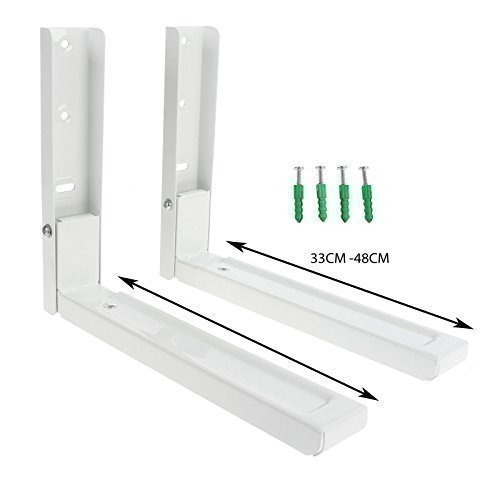Hi guys, would really appreciate some guidance. We've just moved into a park home, which by its nature is made of wood and plasterboard. Due to space restrictions, I could do with fixing my microwave to the wall. The kitchen wall is 'reinforced', and is made up of the following ...
The total wall thickness is 96mm. 71mm timber then 12.5mm either side of plasterboard.
So, I'm looking at the shelf at the link below. That shelf is fitted onto the wall with expansion bolts. Obviously these won't be any good for me, so, what should I substitute them with? Will the whole thing be ok on my wall? Maybe I should buy something else? Because of the microwave weight, I was always reluctant to put such a shelf on my old bricks n mortar kitchen wall, so as you can imagine, with this house being brand new, I really don't want the wall to be ripped out. Any help or advice very much appreciated.
https://www.amazon.co.uk/AcornFort-...coding=UTF8&psc=1&refRID=QCQ6SE40PVFJPAHCP32N
The total wall thickness is 96mm. 71mm timber then 12.5mm either side of plasterboard.
So, I'm looking at the shelf at the link below. That shelf is fitted onto the wall with expansion bolts. Obviously these won't be any good for me, so, what should I substitute them with? Will the whole thing be ok on my wall? Maybe I should buy something else? Because of the microwave weight, I was always reluctant to put such a shelf on my old bricks n mortar kitchen wall, so as you can imagine, with this house being brand new, I really don't want the wall to be ripped out. Any help or advice very much appreciated.
https://www.amazon.co.uk/AcornFort-...coding=UTF8&psc=1&refRID=QCQ6SE40PVFJPAHCP32N


